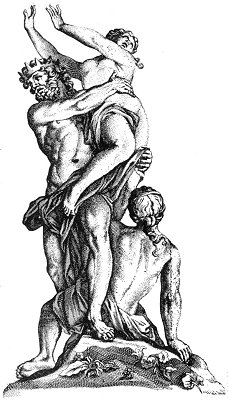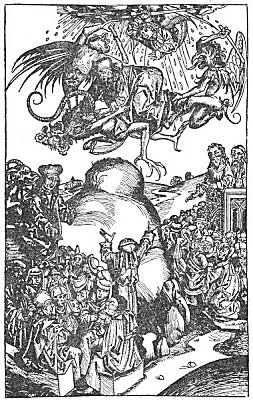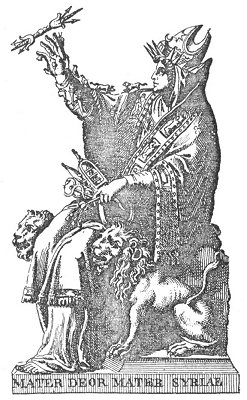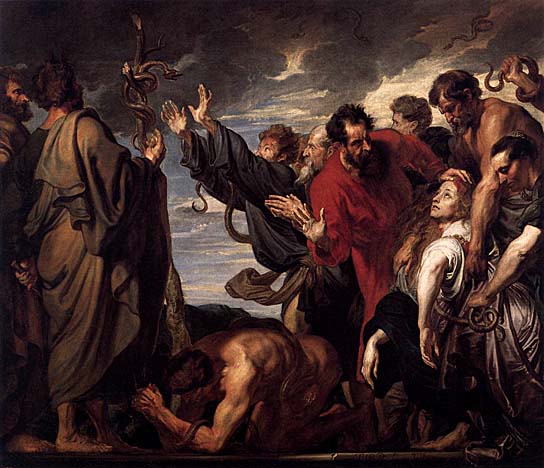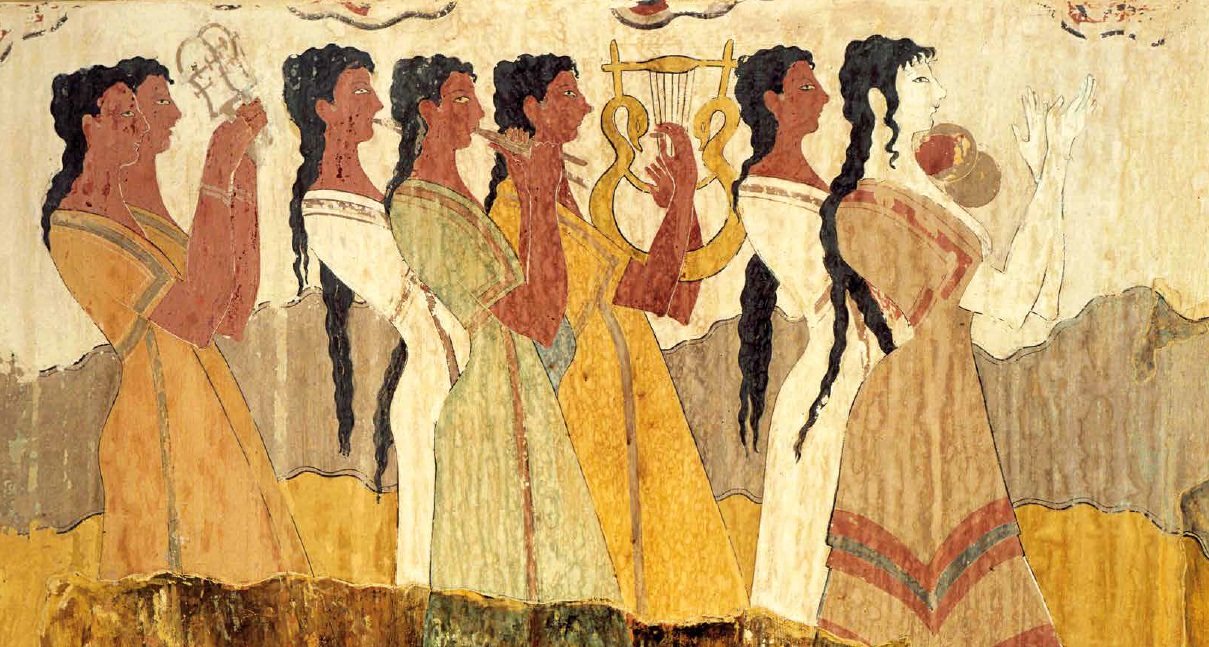But we must proceed in our work of showing the various origins of Christianity, as also the sources from which Jesus derived his own ideas of God and humanity.
The Koinobi lived in Egypt, where Jesus passed his early youth. They were usually confounded with the Therapeutae, who were a branch of this widely-spread society. Such is the opinion of Godfrey Higgins and De Rebold. After the downfall of the principal sanctuaries, which had already begun in the days of Plato, the many different sects, such as the Gymnosophists and the Magi — from whom Clearchus very erroneously derives the former — the Pythagoreans, the Sufis, and the Reshees of Kashmere, instituted a kind of international and universal Freemasonry, among their esoteric societies. “These Rashees,” says Higgins, “are the Essenians, Carmelites, or Nazarites of the temple.” “That occult science known by ancient priests under the name of regenerating fire,” says Father Rebold, ” . . . a science that for more than 3,000 years was the peculiar possession of the Indian and Egyptian priesthood, into the knowledge of which Moses was initiated at Heliopolis, where he was educated; and Jesus among the Essenian priests of Egypt or Judea;
Page 306
and by which these two great reformers, particularly the latter, wrought many of the miracles mentioned in the Scriptures.”
Plato states that the mystic Magian religion, known under the name of Machagistia, is the most uncorrupted form of worship in things divine. Later, the Mysteries of the Chaldean sanctuaries were added to it by one of the Zoroasters and Darius Hystaspes. The latter completed and perfected it still more with the help of the knowledge obtained by him from the learned ascetics of India, whose rites were identical with those of the initiated Magi. Ammian, in his history of Julian’s Persian expedition, gives the story by stating that one day Hystaspes, as he was boldly penetrating into the unknown regions of Upper India, had come upon a certain wooded solitude, the tranquil recesses of which were “occupied by those exalted sages, the Brachmanes (or Shamans). Instructed by their teaching in the science of the motions of the world and of the heavenly bodies, and in pure religious rites . . . he transfused them into the creed of the Magi. The latter, coupling these doctrines with their own peculiar science of foretelling the future, have handed down the whole through their descendants to succeeding ages.” It is from these descendants that the Sufis, chiefly composed of Persians and Syrians, acquired their proficient knowledge in astrology, medicine, and the esoteric doctrine of the ages. “The Sufi doctrine,” says C. W. King, “involved the grand idea of one universal creed which could be secretly held under any profession of an outward faith; and, in fact, took virtually the same view of religious systems as that in which the ancient philosophers had regarded such matters.” The mysterious Druzes of Mount Lebanon are the descendants of all these. Solitary Copts, earnest students scattered hither and thither throughout the sandy solitudes of Egypt, Arabia, Petraea, Palestine, and the impenetrable forests of Abyssinia, though rarely met with, may sometimes be seen. Many and various are the nationalities to which belong the disciples of that mysterious school, and many the side-shoots of that
Page 307
one primitive stock. The secresy preserved by these sub-lodges, as well as by the one and supreme great lodge, has ever been proportionate to the activity of religious persecutions; and now, in the face of the growing materialism, their very existence is becoming a mystery.
But it must not be inferred, on that account, that such a mysterious brotherhood is but a fiction, not even a name, though it remains unknown to this day. Whether its affiliates are called by an Egyptian, Hindu, or Persian name, it matters not. Persons belonging to one of these sub-brotherhoods have been met by trustworthy, and not unknown persons, besides the present writer, who states a few facts concerning them, by the special permission of one who has a right to give it. In a recent and very valuable work on secret societies, K. R. H. Mackenzie’s Royal Masonic Cyclopaedia, we find the learned author himself, an honorary member of the Canongate Kilwinning Lodge, No. 2 (Scotland), and a Mason not likely to be imposed upon, stating the following, under the head, Hermetic Brothers of Egypt:

Moe is the founder of GnosticWarrior.com. He is a father, husband, author, martial arts black belt, and an expert in Gnosticism, the occult, and esotericism.


